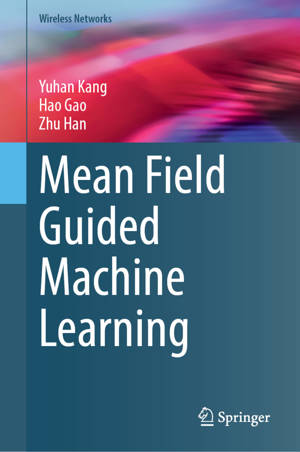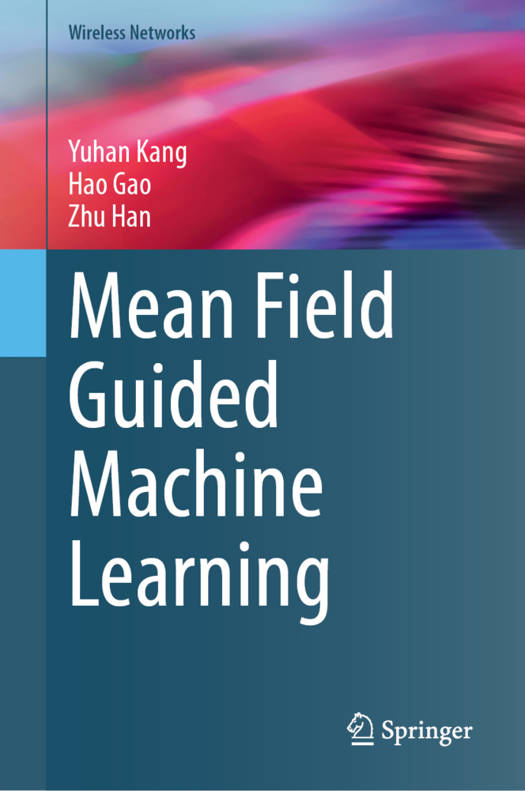
- Afhalen na 1 uur in een winkel met voorraad
- Gratis thuislevering in België vanaf € 30
- Ruim aanbod met 7 miljoen producten
- Afhalen na 1 uur in een winkel met voorraad
- Gratis thuislevering in België vanaf € 30
- Ruim aanbod met 7 miljoen producten
Zoeken
Omschrijving
This book explores the integration of Mean Field Game (MFG) theory with machine learning (ML), presenting both theoretical foundations and practical applications. Drawing from extensive research, it provides insights into how MFG can improve various ML techniques, including supervised learning, reinforcement learning, and federated learning. MFG theory and ML are converging to address critical challenges in high-dimensional spaces and multi-agent systems. While ML has transformed industries by leveraging vast data and computational power, scalability and robustness remain key concerns. MFG theory, which models large populations of interacting agents, offers a mathematical framework to simplify and optimize complex systems, enhancing ML's efficiency and applicability. By bridging these two fields, this book aims to drive innovation in scalable and robust machine learning. The integration of MFG with ML not only expands research possibilities but also paves the way for more adaptive and intelligent systems. Through this work, the authors hope to inspire further exploration and development in this promising interdisciplinary domain. With case studies and real-world examples, this book serves as a guide for researchers and students in communications and networks seeking to harness MFG's potential in advancing ML. Industry managers, practitioners and government research workers in the fields of communications and networks will find this book a valuable resource as well.
Specificaties
Betrokkenen
- Auteur(s):
- Uitgeverij:
Inhoud
- Aantal bladzijden:
- 150
- Taal:
- Engels
- Reeks:
Eigenschappen
- Productcode (EAN):
- 9783031918582
- Verschijningsdatum:
- 9/09/2025
- Uitvoering:
- Hardcover
- Formaat:
- Genaaid
- Afmetingen:
- 155 mm x 235 mm

Alleen bij Standaard Boekhandel
+ 337 punten op je klantenkaart van Standaard Boekhandel
Beoordelingen
We publiceren alleen reviews die voldoen aan de voorwaarden voor reviews. Bekijk onze voorwaarden voor reviews.











